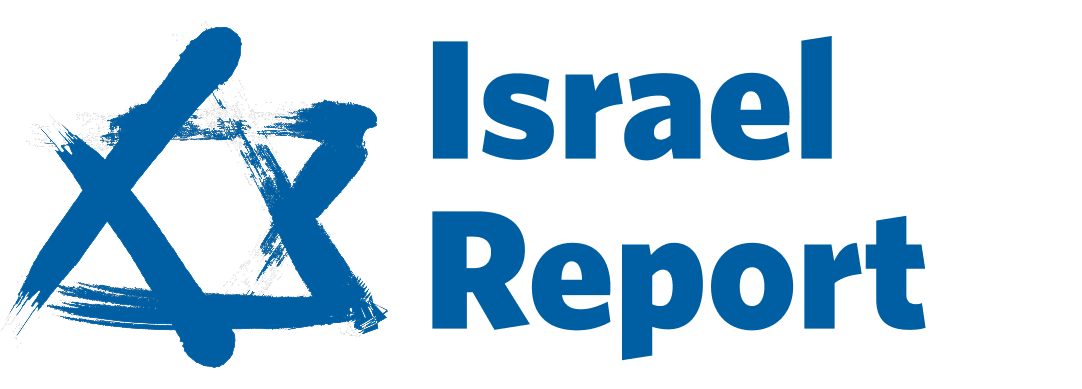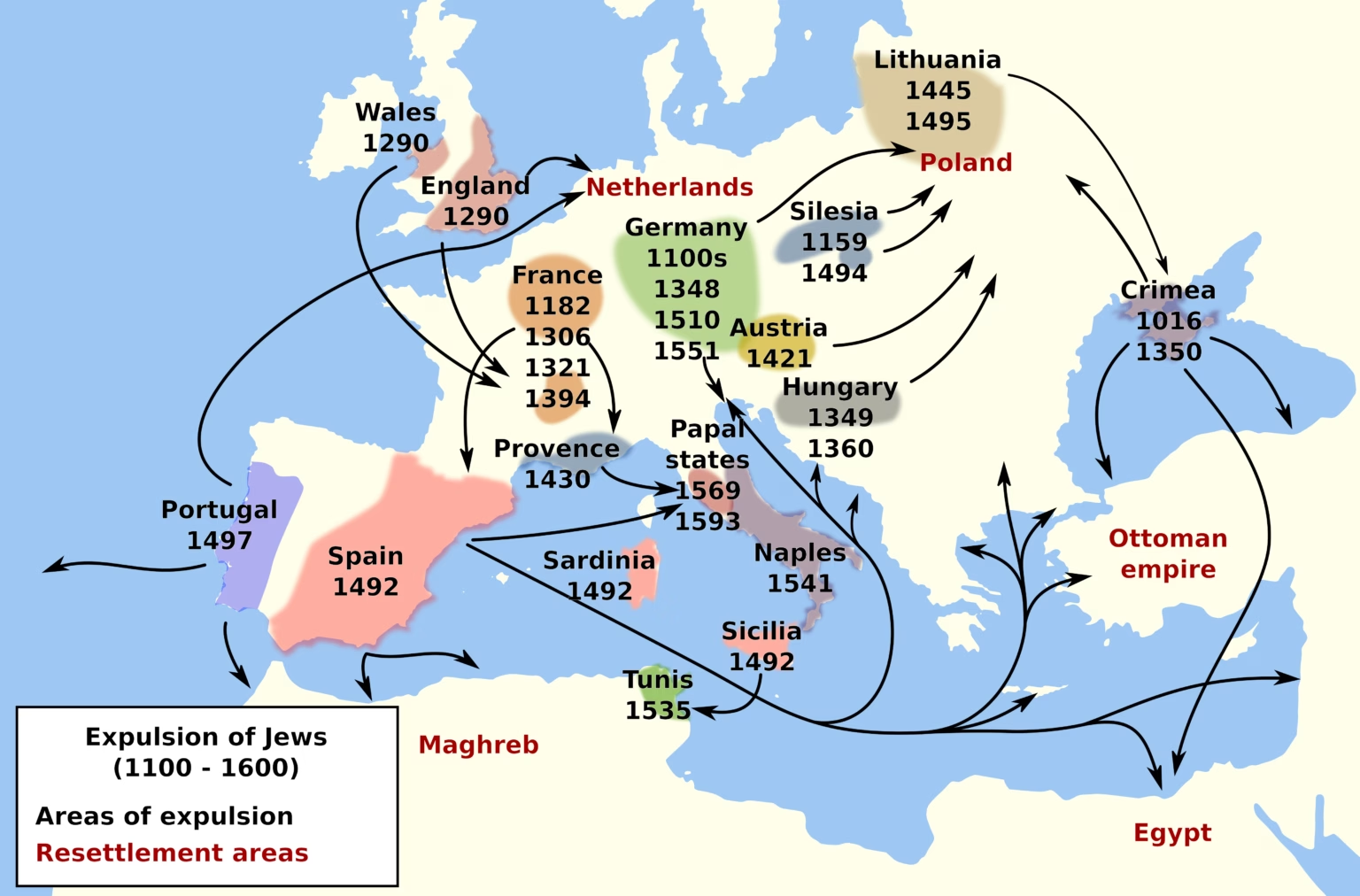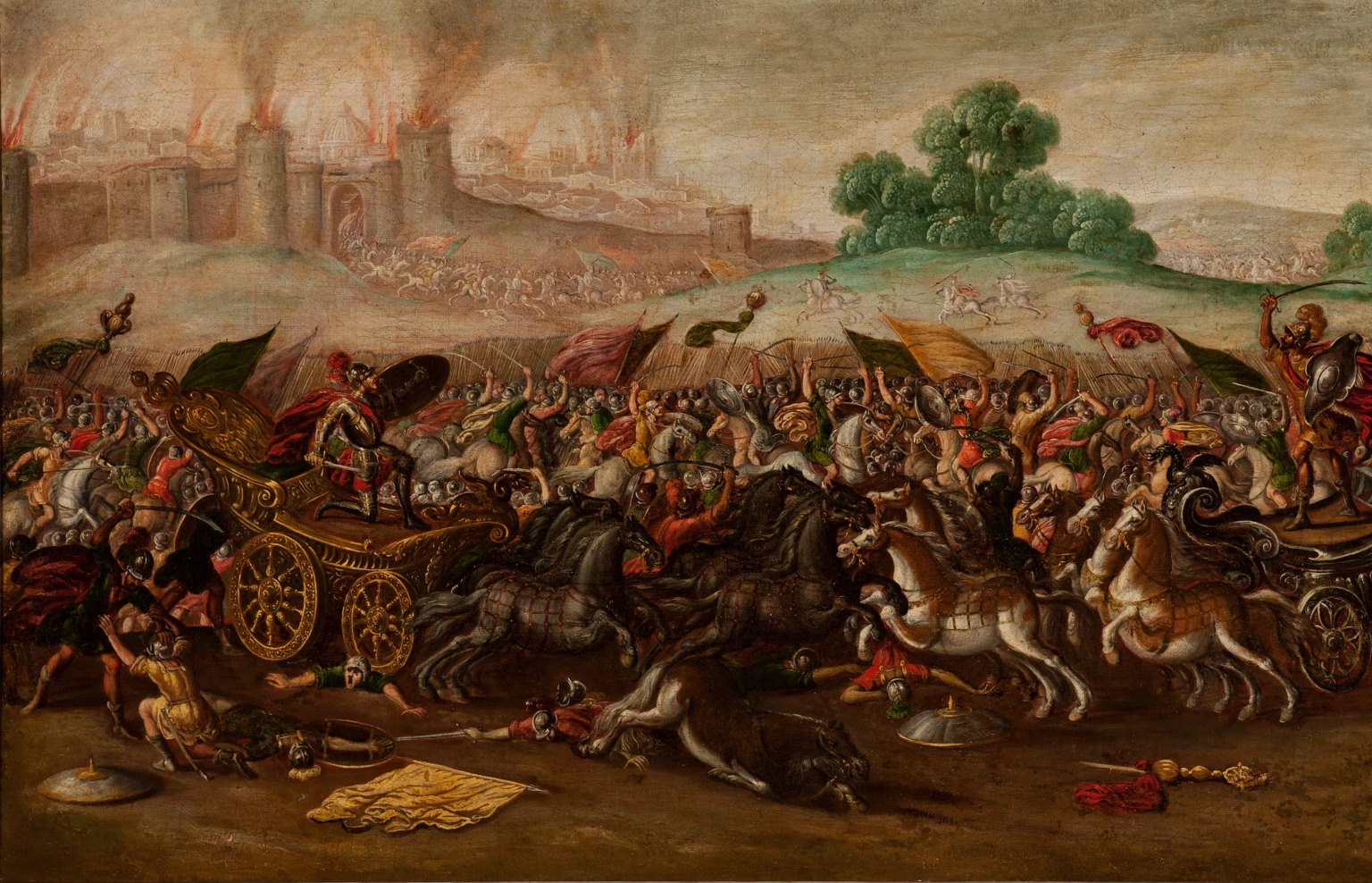Tel Aviv was founded here in 1909
On April 11, 1909, sixty-six families gathered on the sand dunes of the beach outside Yafo to allocate lots for a new neighborhood they called Ahuzat Bayit, later known as Tel Aviv.
Today, the city has half a million inhabitants and has been ranked as the world’s top startup center outside of Silicon Valley in California.
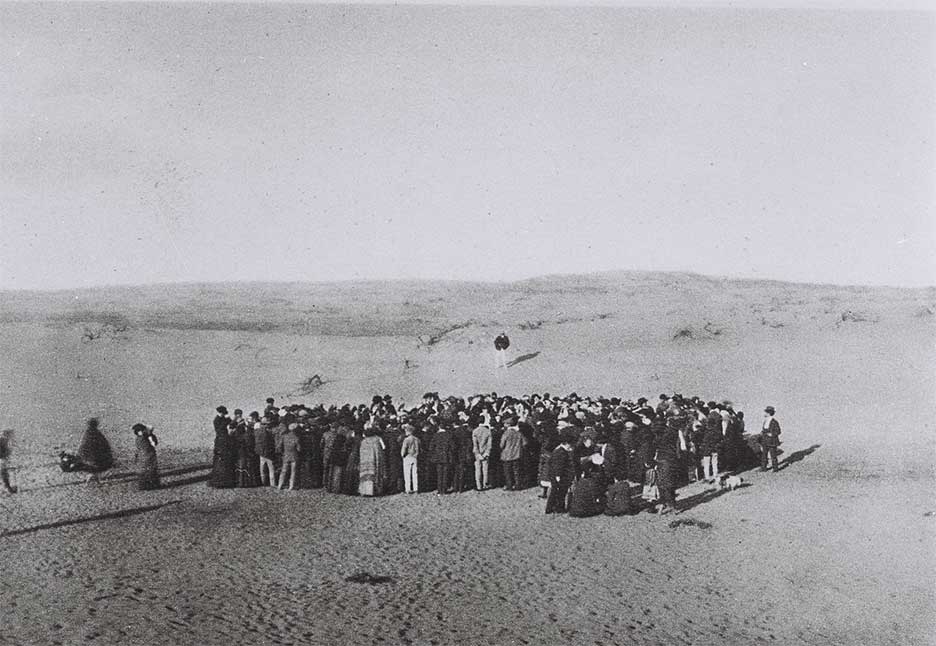
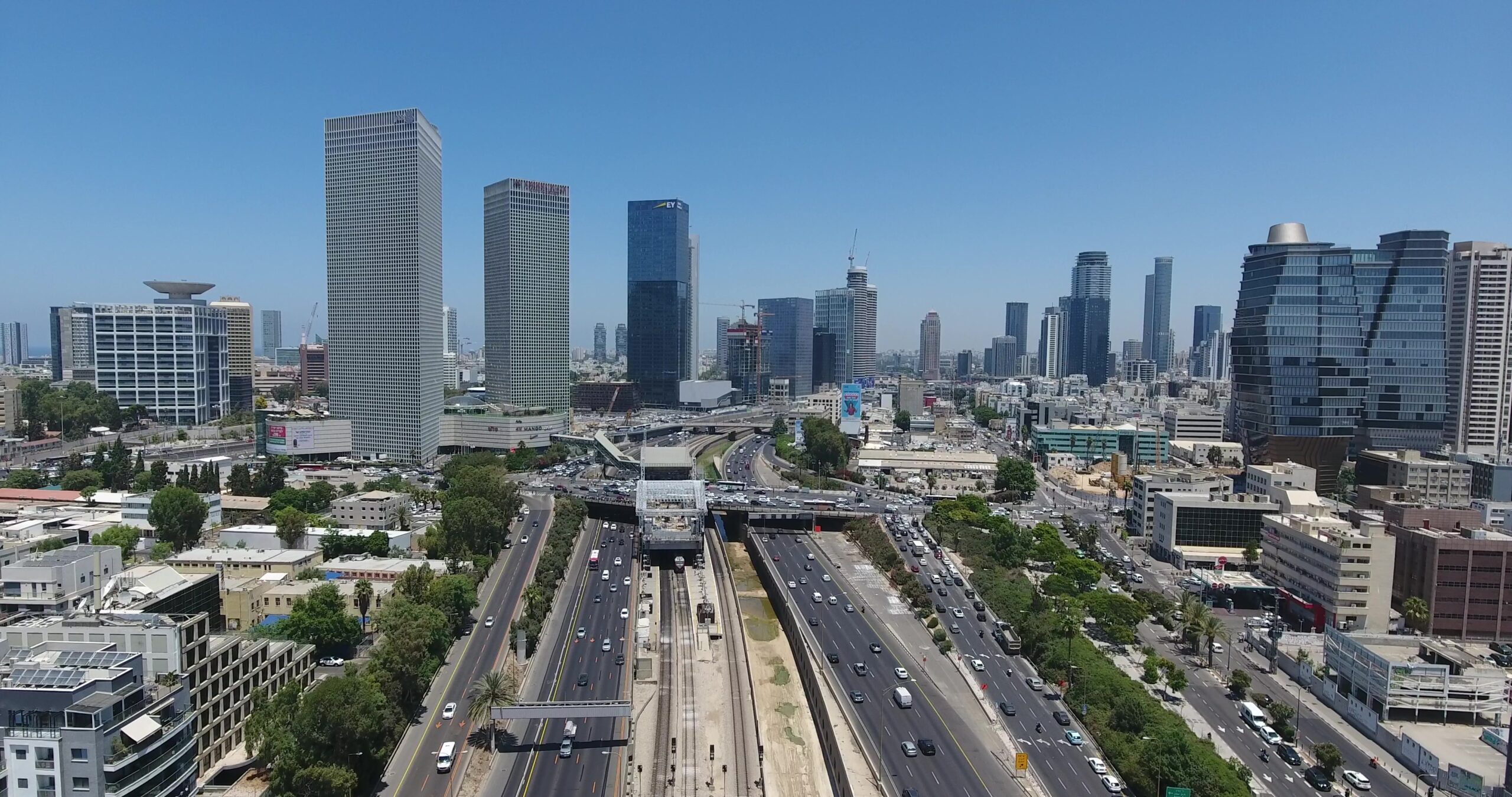
In April 1909, the 66 families distributed the land by organizing a lottery with seashells. Photo: Unknown
Tel Aviv today has close to half a million inhabitants and has been ranked as the world’s leading startup center outside Silicon Valley in California. Photo: Alexey Bogoslavsky
Since the sixty-six families could not decide how to distribute the land, they organized a lottery to ensure a fair division. Akiva Arieh Weiss, chairman of the lottery committee and a prominent figure among the city-founders, collected sixty-six gray, and sixty-six white seashells.
Weiss wrote the names of the participants on the white seashells and the plot numbers on the gray seashells. He paired a white and gray shell, assigned each family a plot of land, and thus Tel Aviv’s first families began building the first modern Hebrew city.
Its name was changed in 1910 to Tel Aviv, after the biblical name Tel Abib (City of Spring) that translator Nahum Sokolow used as the title of his Hebrew translation of Theodor Herzl’s 1902 novel Altneuland.
Historic Rothschild Boulevard
The city’s formation took place during a large-scale Jewish wave of immigration – the Second Aliyah. The areas of the ancient port city of Jaffa had become overpopulated and crowded. Many of the newcomers were Europeans of middle-class origins who wanted to build environments that would give them a sense of what they had left behind. They wanted to build a modern suburb of Jaffa, writes the city of Tel Aviv on its website.
In 1906, Keren Kajemet lent a total of 250,000 francs to build the Ahuzat Bayit neighborhood outside Jaffa, which became the foundation of the city of Tel Aviv. Sixty of the first 66 residents of Tel Aviv later built their homes with the help of Keren Kajemet.
On May 27, 2009, a statue of the city’s first mayor, Meir Dizengoff, was placed on his horse in front of his home at 16 Rothschild Boulevard. This is where the historic lottery took place to award lots to Tel Aviv’s founders on April 11, 1909. At the same site, David Ben-Gurion proclaimed Israel’s independence on May 14, 1948.
Already in April 1949, in connection with the city’s fortieth anniversary Tel Aviv resolved to erect a monument to honor the people whose activities from 1906 onwards led to the founding of the first Zionist city.
The world’s leading startup center
The city expanded in the 1930s through a massive wave of Jewish immigrants fleeing persecution in Europe, which quickly led to the city of 42,000 people growing to 130,000 in 1936. In 1934, in the midst of this wave of immigration (Fifth Aliyah), Tel Aviv gained city-status and Meir Dizengoff, its first mayor.
Tel Aviv is today the second largest city in Israel and forms the center of the most populated part of Israel. Tel Aviv, which has over 3 million foreign visitors a year, is Israel’s financial capital.
Today, the city has close to half a million inhabitants and has been ranked as the world’s top startup center outside of Silicon Valley in California.
